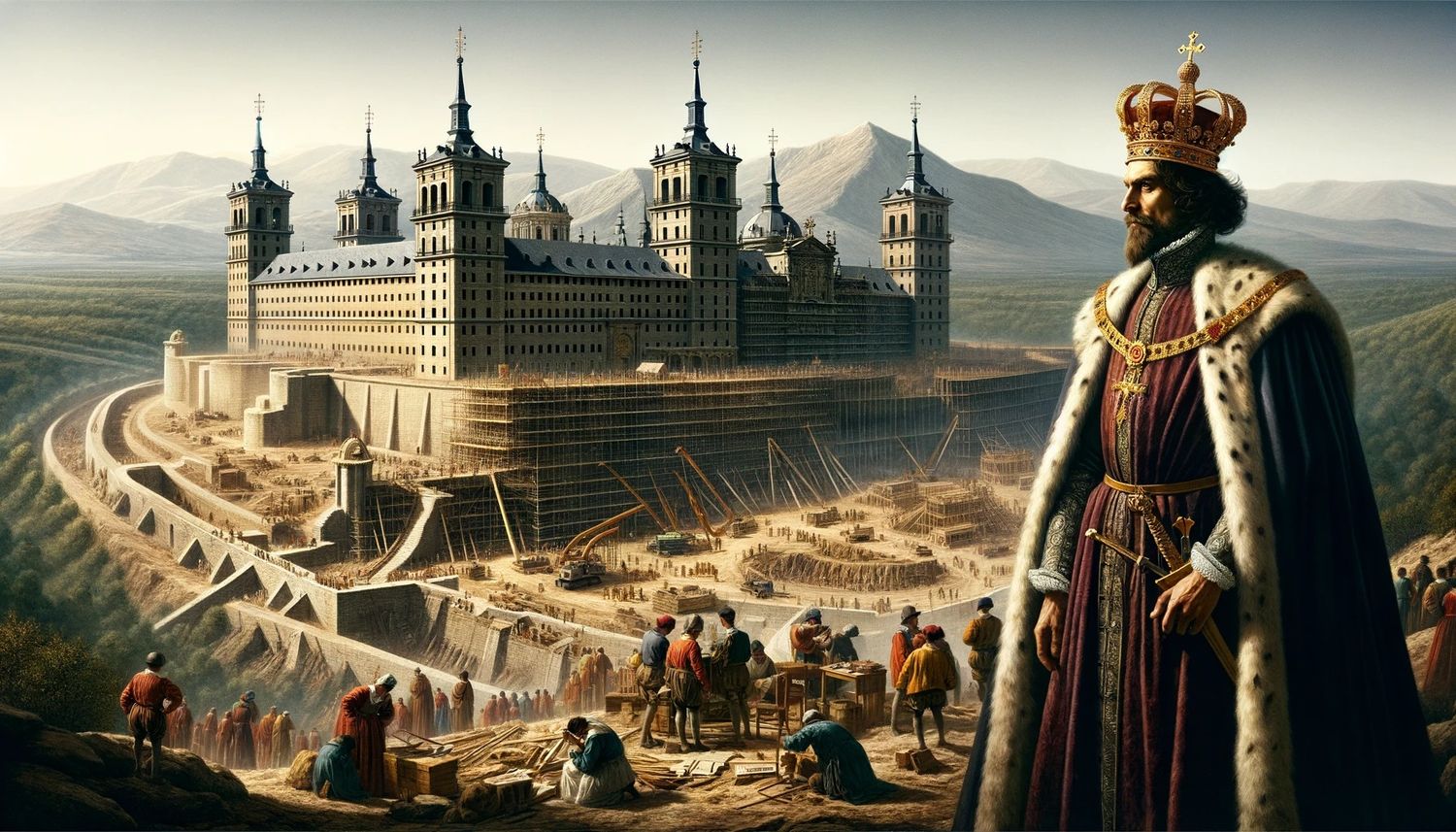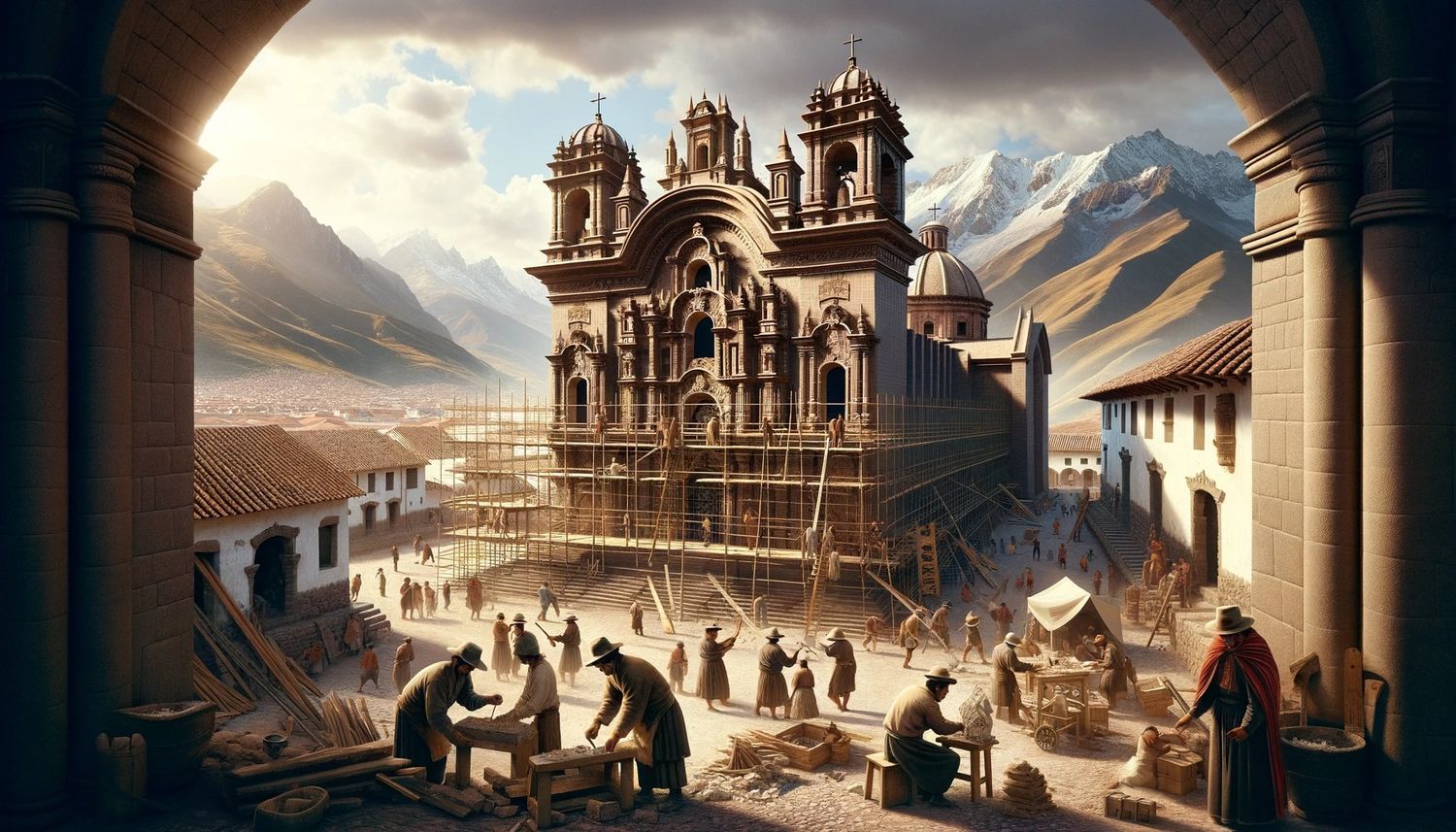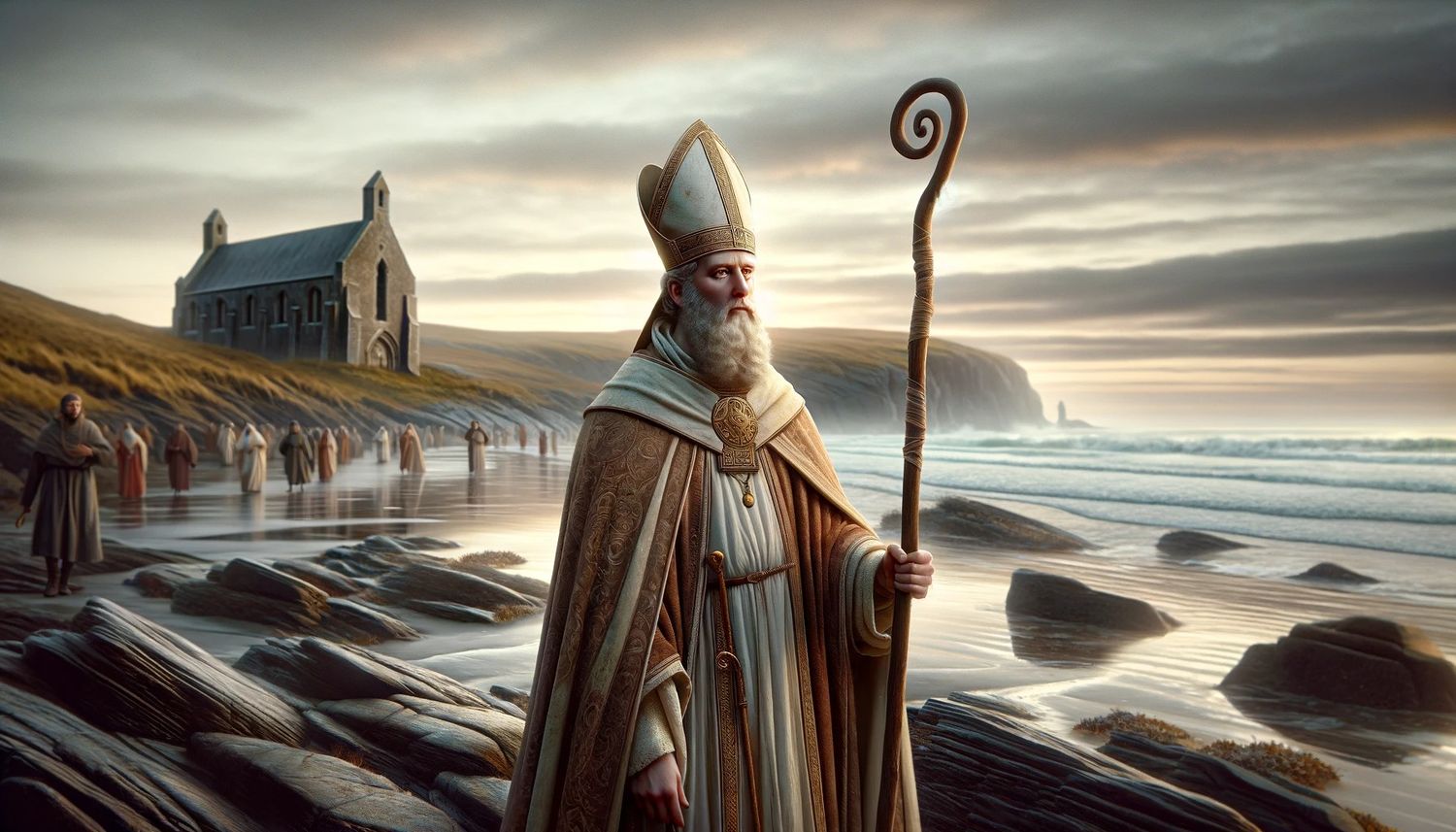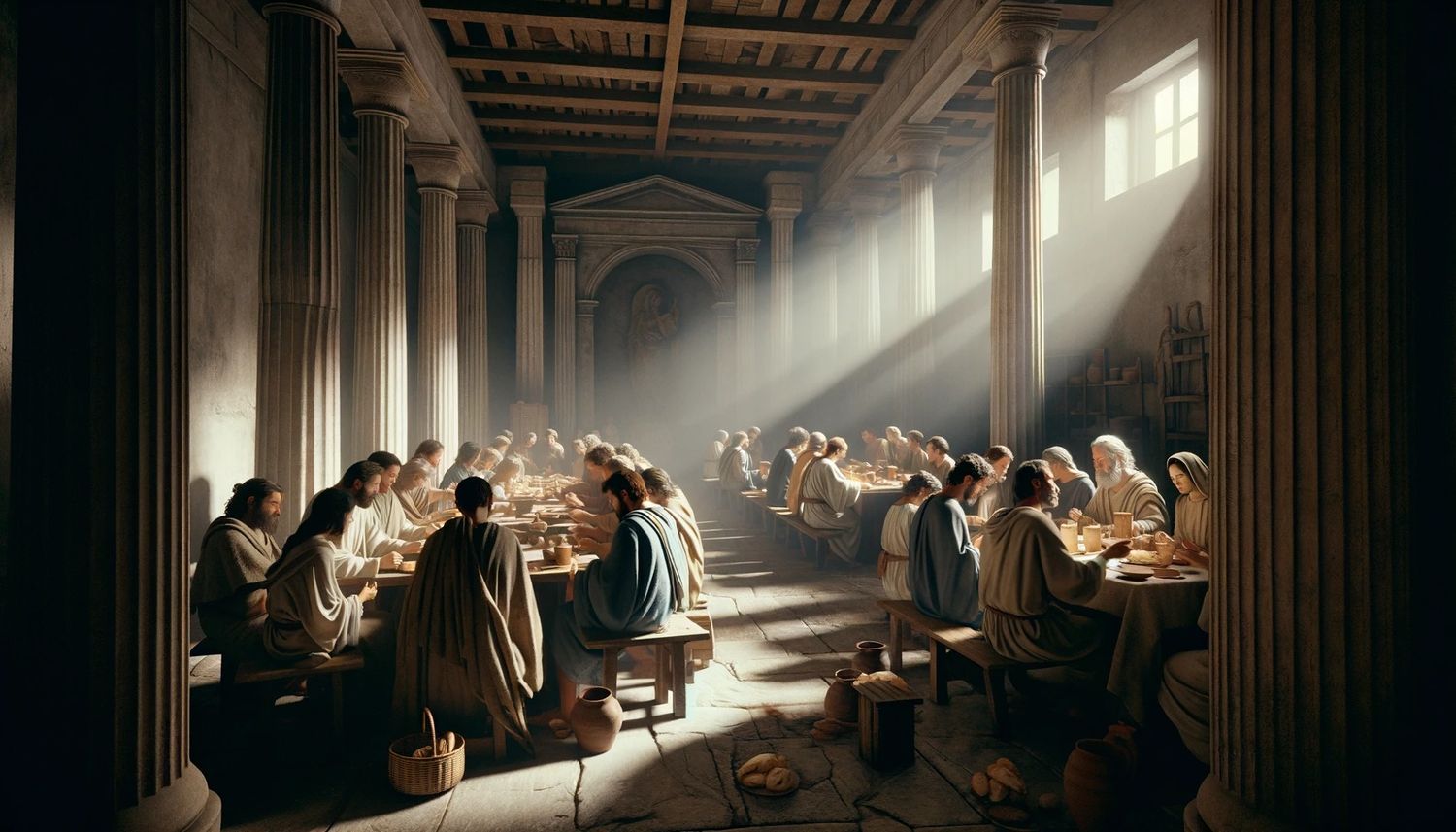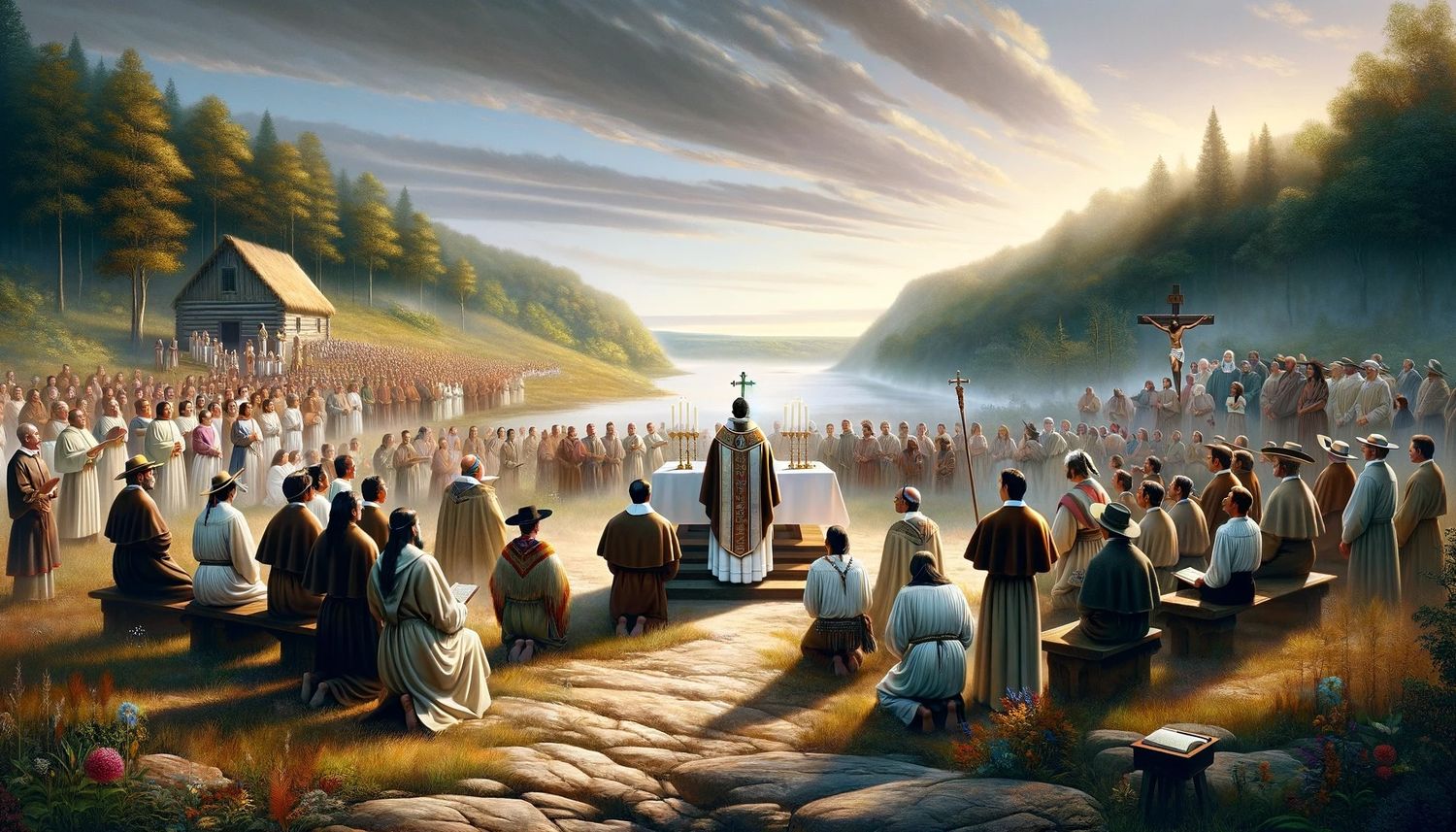Home>Theology and Spirituality>The Modernization Of Catholicism By The Second Vatican Council Took Place When?
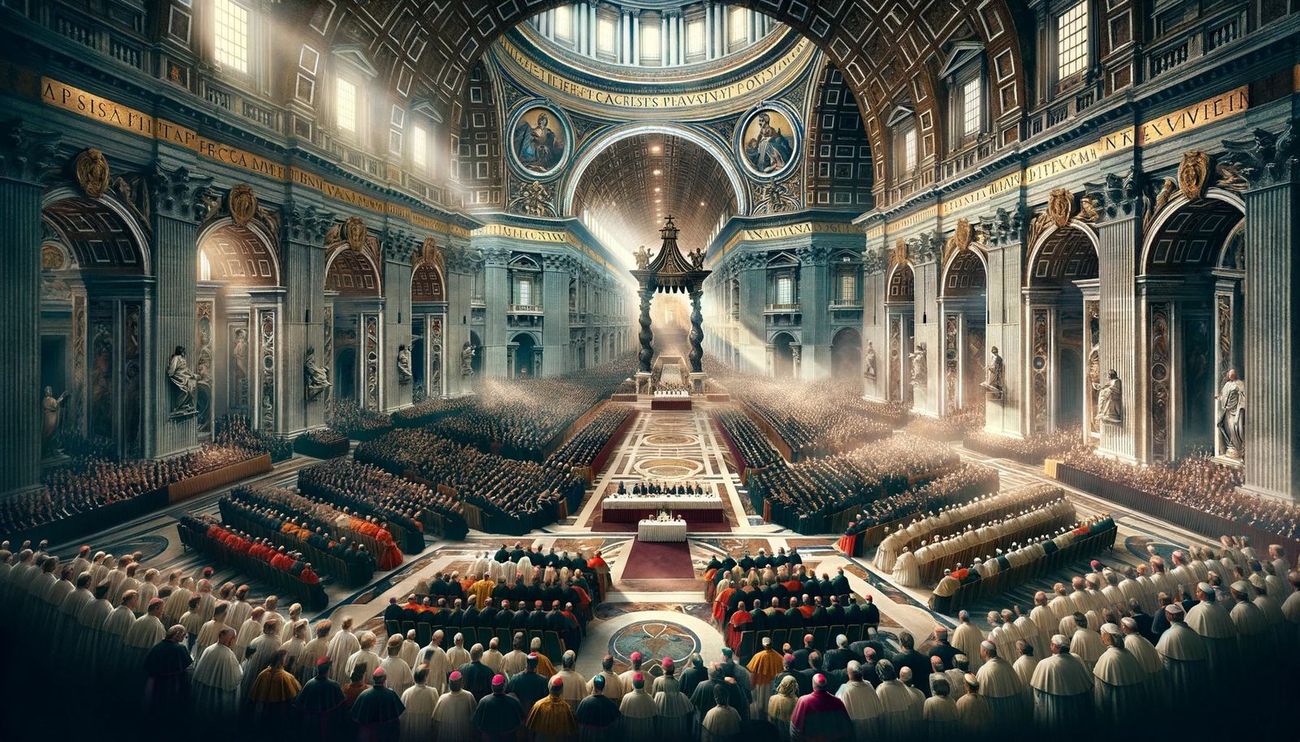

Theology and Spirituality
The Modernization Of Catholicism By The Second Vatican Council Took Place When?
Published: February 15, 2024
Ericka Andersen, an editor at Christian.net, expertly merges digital strategy with content creation, focusing on faith and societal issues. Her communication skills enhance the platform's engaging narratives, fostering meaningful dialogue on belief's impact on society.
Discover the impact of the Second Vatican Council on Catholicism and its modernization. Explore the theological and spiritual changes that took place during this pivotal event.
(Many of the links in this article redirect to a specific reviewed product. Your purchase of these products through affiliate links helps to generate commission for Christian.net, at no extra cost. Learn more)
Table of Contents
Introduction
The Second Vatican Council, also known as Vatican II, stands as a pivotal moment in the history of the Catholic Church. This ecumenical council, convened by Pope John XXIII in 1962 and concluded under Pope Paul VI in 1965, sought to address the Church's role in the modern world and implement significant reforms. The council's impact reverberated globally, ushering in a new era for Catholicism and shaping the faith experiences of millions of believers.
Vatican II was a response to the rapidly changing social, cultural, and political landscapes of the 20th century. The Church recognized the need to engage with the modern world in a more meaningful and relevant manner, prompting a reevaluation of its teachings, practices, and relationship with other Christian denominations and religions. This period of introspection and transformation set the stage for a series of profound changes that continue to influence the Church today.
As we delve into the historical significance and enduring impact of the Second Vatican Council, it becomes evident that its outcomes have left an indelible mark on Catholicism. The council's deliberations and decrees addressed a wide array of theological, liturgical, and pastoral matters, sparking a wave of renewal and adaptation within the Church. By exploring the key changes brought about by Vatican II and their implications, we gain valuable insights into the evolution of Catholicism and its ongoing relevance in contemporary society.
Read more: The Council Of Trent: Which Helped To Define Catholicism In The Following Four Hundred Years
Background of the Second Vatican Council
The mid-20th century marked a period of profound transformation and upheaval across the globe. The Catholic Church, deeply rooted in tradition and centuries-old practices, found itself grappling with the challenges posed by rapid societal changes, technological advancements, and shifting geopolitical dynamics. In response to these seismic shifts, Pope John XXIII announced the convening of the Second Vatican Council in 1959, with the aim of addressing the Church's role in the modern world.
The decision to convene Vatican II reflected the Church's recognition of the need to engage with contemporary issues and reevaluate its stance on a range of theological, liturgical, and pastoral matters. Pope John XXIII, known for his progressive outlook and pastoral approach, envisioned the council as a means to foster unity, dialogue, and renewal within the Church. His desire to open the windows of the Church to let in fresh air, as he famously expressed, encapsulated the spirit of openness and adaptation that characterized Vatican II.
The council's preparatory phase involved extensive consultations with bishops, theologians, and experts from around the world. This inclusive approach aimed to ensure that the voices and perspectives of diverse Catholic communities were taken into account during the deliberations. As the council convened in St. Peter's Basilica on October 11, 1962, it brought together over 2,500 bishops, setting the stage for a historic reexamination of Catholic doctrine and practice.
The overarching goal of Vatican II was to renew and revitalize the Church, making its teachings more accessible and relevant to the contemporary world. This aspiration was underpinned by a spirit of aggiornamento, or "updating," which sought to bridge the gap between tradition and modernity. Throughout the four sessions of the council, a wide range of topics were addressed, including liturgical reforms, ecumenical relations, the role of the laity, and the Church's stance on religious freedom and social justice.
The Second Vatican Council, with its emphasis on dialogue, adaptation, and engagement with the world, represented a departure from the insular and defensive posture that had characterized certain aspects of the Church in previous centuries. By embracing a spirit of openness and renewal, Vatican II set in motion a series of transformative changes that continue to shape the identity and mission of the Catholic Church in the 21st century.
Key Changes in Catholicism
The Second Vatican Council heralded a period of profound transformation within the Catholic Church, giving rise to a series of key changes that reverberated across its theological, liturgical, and pastoral dimensions. These changes, rooted in the council's vision of renewal and adaptation, continue to shape the lived experience of Catholicism to this day.
1. Liturgical Reforms
One of the most visible and impactful changes introduced by Vatican II was the reform of the liturgy, particularly the Mass. The council sought to enhance the active participation of the faithful in the liturgical celebrations, leading to the widespread adoption of the vernacular languages in place of Latin. This shift aimed to make the liturgy more accessible and comprehensible to the laity, fostering a deeper engagement with the sacred rites and prayers.
2. Emphasis on Scripture and Tradition
Vatican II underscored the importance of Scripture and tradition in shaping the life of the Church. The council's decree on divine revelation, "Dei Verbum," emphasized the vital role of the Bible in the faith formation of Catholics and encouraged a deeper engagement with the Word of God. This renewed focus on Scripture underscored the continuity between the living tradition of the Church and the teachings found in the Bible, fostering a holistic understanding of Catholic faith.
3. Ecumenical Outreach
The council marked a significant shift in the Catholic Church's approach to ecumenism, or the pursuit of unity among Christian denominations. Through documents such as "Unitatis Redintegratio," Vatican II emphasized the importance of dialogue, mutual understanding, and collaboration with other Christian traditions. This inclusive stance sought to build bridges of reconciliation and cooperation, fostering a spirit of Christian unity amidst diversity.
4. Renewed Emphasis on the Role of the Laity
Vatican II brought about a renewed appreciation for the role of the laity within the Church. The council affirmed the dignity and vocation of the laity, calling for their active participation in the Church's mission and the transformation of the world. This shift in perspective led to greater opportunities for lay involvement in various ministries, contributing to a more vibrant and inclusive ecclesial community.
5. Embrace of Religious Freedom and Social Justice
The council's engagement with the modern world led to a reexamination of the Church's stance on religious freedom and social justice. Documents such as "Dignitatis Humanae" underscored the inherent dignity of every person and affirmed the right to religious freedom, reflecting a deeper appreciation for human rights and the Church's commitment to promoting justice and peace in society.
These key changes, among others, reflect the dynamic and adaptive nature of Catholicism following the Second Vatican Council. By embracing a spirit of renewal and openness, the Church has continued to evolve while remaining rooted in its rich tradition, demonstrating a capacity for growth and relevance in an ever-changing world.
Impact of the Modernization
The modernization ushered in by the Second Vatican Council has had a profound and far-reaching impact on the Catholic Church, shaping its identity, practices, and engagement with the contemporary world. This period of renewal and adaptation has left an indelible mark on the lived experience of Catholicism, influencing the faithful, the Church's mission, and its relationships with other religious traditions.
Read more: When Was Catholicism Founded?
1. Renewed Spiritual Engagement
The modernization efforts stemming from Vatican II have reinvigorated the spiritual engagement of Catholics worldwide. By emphasizing the active participation of the laity in the liturgy and fostering a deeper connection with the Word of God, the council's reforms have enriched the spiritual lives of believers. The use of vernacular languages in the liturgy has made the sacred rites more accessible and meaningful, leading to a more profound experience of worship and prayer for the faithful.
2. Dialogue and Collaboration
Vatican II's emphasis on ecumenism and interfaith dialogue has contributed to a more inclusive and collaborative approach to engaging with other Christian denominations and religions. The council's outreach efforts have fostered greater understanding, mutual respect, and cooperation among diverse religious communities, promoting a spirit of unity and shared values. This has not only strengthened relationships between the Catholic Church and other faith traditions but has also contributed to efforts for peace, justice, and reconciliation on a global scale.
3. Empowerment of the Laity
The modernization brought about by Vatican II has empowered the laity to take on more active roles within the Church. By recognizing the unique gifts and vocations of the faithful, the council's reforms have led to increased lay involvement in various ministries, pastoral activities, and social outreach initiatives. This has enriched the ecclesial community, fostering a sense of shared responsibility and co-responsibility in advancing the Church's mission and serving the needs of society.
4. Social and Ethical Impact
The modernization efforts of Vatican II have had a profound impact on the Church's engagement with social and ethical issues. By embracing principles of religious freedom, human dignity, and social justice, the council's teachings have inspired Catholics to advocate for the rights of the marginalized, promote peace, and address pressing societal challenges. This renewed emphasis on social responsibility and ethical engagement has positioned the Church as a powerful force for positive change in the world.
Read more: When Is Lent In Irish Catholicism?
5. Ongoing Relevance
The impact of the modernization set in motion by Vatican II continues to resonate in the present day. The council's vision of renewal and adaptation has enabled the Catholic Church to navigate the complexities of the modern world while remaining faithful to its core principles. This ongoing relevance underscores the enduring significance of Vatican II's impact on the Church's mission, identity, and engagement with contemporary society.
In essence, the impact of the modernization efforts stemming from the Second Vatican Council has been transformative, shaping the Church's spiritual, social, and global presence in profound ways. By embracing a spirit of renewal and openness, the Catholic Church has demonstrated its capacity to evolve and remain relevant in a rapidly changing world, carrying forward the enduring legacy of Vatican II into the future.
Conclusion
The Second Vatican Council stands as a watershed moment in the history of the Catholic Church, marking a period of profound introspection, renewal, and adaptation. The council's deliberations and reforms, guided by the spirit of aggiornamento, or "updating," have left an enduring imprint on the lived experience of Catholicism and its engagement with the modern world.
Vatican II's emphasis on liturgical reforms, the primacy of Scripture and tradition, ecumenical outreach, the empowerment of the laity, and a renewed focus on social justice and religious freedom have reshaped the contours of the Church, fostering a more vibrant, inclusive, and socially engaged faith community. The council's vision of openness and dialogue has not only enriched the spiritual lives of Catholics but has also strengthened the Church's relationships with other Christian traditions and religious communities, contributing to efforts for peace, justice, and reconciliation on a global scale.
As the Catholic Church continues to navigate the complexities of the contemporary world, the enduring impact of Vatican II remains palpable. The council's legacy of renewal and adaptation serves as a guiding light, enabling the Church to address pressing societal challenges, advocate for human dignity and rights, and foster a spirit of unity amidst diversity. The ongoing relevance of Vatican II underscores the Church's capacity to evolve while remaining steadfast in its commitment to the Gospel and the well-being of humanity.
In conclusion, the modernization of Catholicism by the Second Vatican Council, which took place from 1962 to 1965, has ushered in a new era for the Church, characterized by a dynamic engagement with the modern world, a renewed sense of mission and purpose, and a commitment to fostering a more just, compassionate, and inclusive society. As the legacy of Vatican II continues to unfold, its transformative impact serves as a testament to the enduring vitality and relevance of the Catholic faith in an ever-changing world.
